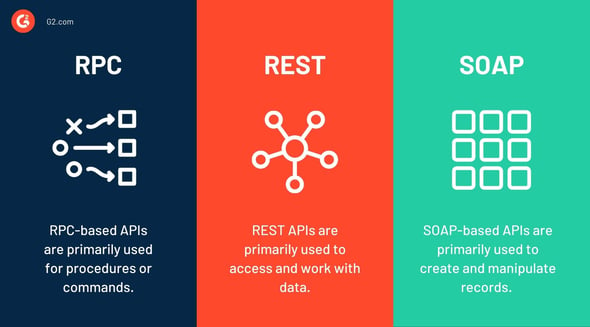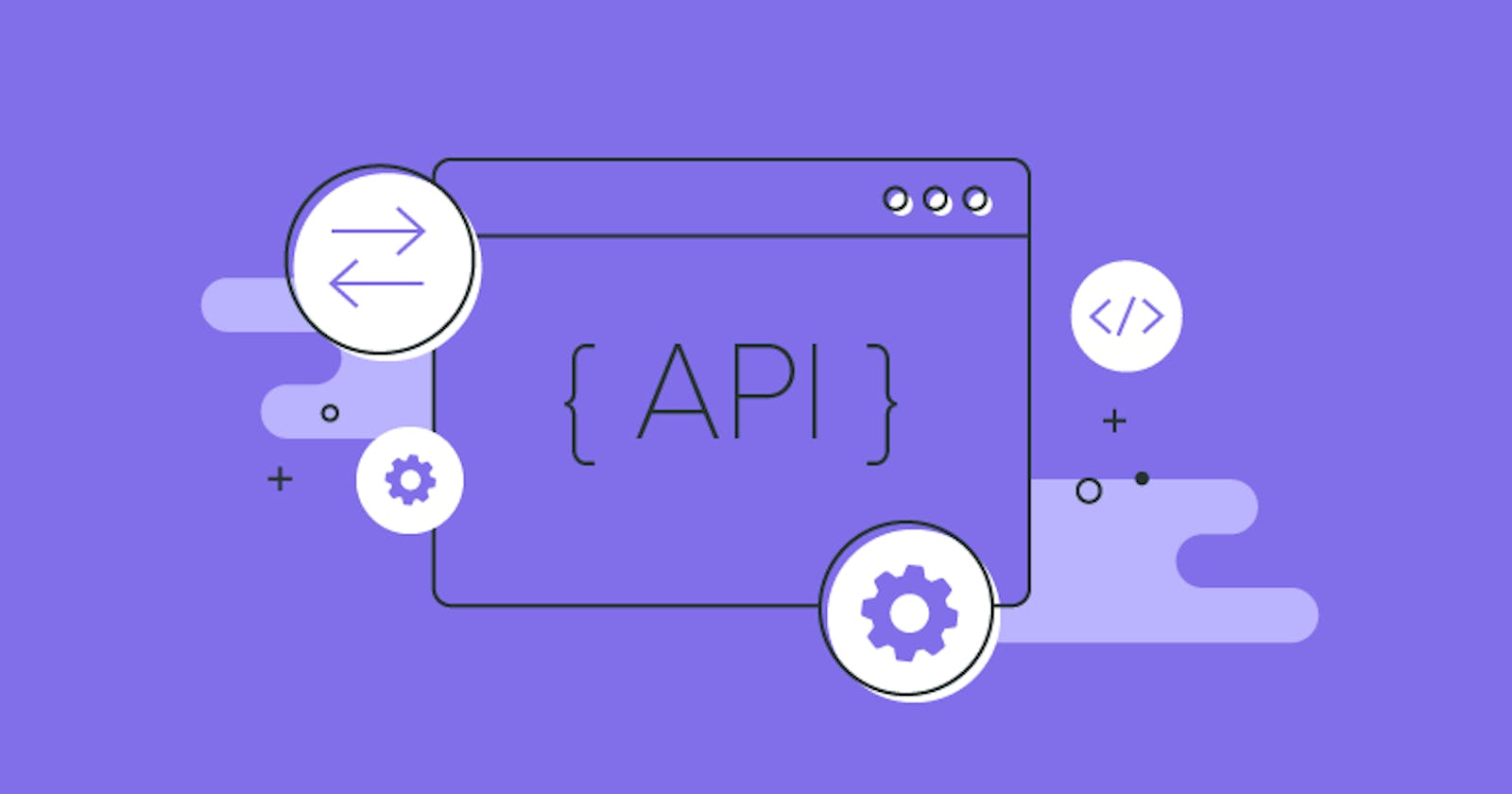APIs, or application programming interfaces, are a fundamental building block of modern software development. They allow different systems and applications to communicate with each other, enabling the creation of powerful and flexible software ecosystems. However, while many developers use APIs on a regular basis, relatively few have a deep understanding of the theoretical foundations of these interfaces.
In this blog post, we will take a closer look at the different types of APIs and the role of design in their creation. We will also give you some fun facts and trivia, tips, and best practices for working with APIs. And, to make it even more interactive, we will include quizzes, polls, and interactive diagrams.
What is an API?
At a high level, an API is a set of rules and protocols that govern how different software systems can interact with each other. These rules and protocols define how data is exchanged between the systems, as well as the format and structure of that data.

APIs can be thought of as a kind of "language" that different systems use to communicate with each other. Just as different people can speak different languages, different software systems can use different APIs to interact with each other. However, just like with human languages, there are common standards and conventions that are used by many APIs, which help to ensure that different systems can work together seamlessly.
Types of APIs
There are many different types of APIs, each with its own unique characteristics and uses. Some common types of APIs include:
Web APIs, which allow different systems to communicate over the internet using standard protocols like HTTP and HTTPS. These are the most common type of APIs and are used to access web-based services such as social media platforms, weather services, and online databases.
Operating system APIs, which provide a way for software to interact with the underlying operating system and hardware on a device. These APIs allow apps to access system functionality such as file systems, networking, and hardware sensors.
Library APIs, which provide a way for software to access and use pre-built functionality and data structures provided by a library or framework.
Database APIs, which provide a way for software to interact with databases, allowing them to create, read, update and delete data.
Remote Procedure Call (RPC) APIs, which allow different systems to communicate with each other by sending messages or requests and receiving responses.
SOAP and REST APIs, which are two popular types of web APIs that use different protocols for data exchange and have different architectural constraints.

Each of these types of APIs has its own set of rules and protocols, and developers must understand and work within these constraints in order to effectively use the API.
The Role of API Design
One of the most important aspects of working with APIs is understanding the role that design plays in their creation and use. A well-designed API will be easy to understand and use, making it more likely that other developers will adopt and build on top of it. On the other hand, a poorly designed API can be difficult to work with, leading to frustration and a lack of adoption.
API design is a complex and nuanced process, and there are many different considerations that must be taken into account. Some key elements of good API design include:
Simplicity: An API should be as simple as possible, with a clear and easy-to-understand structure and naming conventions.
Consistency: The API should be consistent in its use of data types, naming conventions, and other elements.
Documentation: The API should be well-documented, with clear and detailed explanations of how to use it.
Tips and Best Practices for Working with APIs

Now that you have a better understanding of the different types of APIs and the role of design in their creation, here are some tips and best practices to help you work with APIs more effectively:
Test and Debug: Always test your API thoroughly before releasing it to ensure that it works as expected and that there are no bugs or errors. Use tools like Postman to test your API and debug any issues that you encounter.
Clear and Detailed Documentation: Provide clear and detailed documentation for your API to make it easier for other developers to understand how to use it. Be sure to include examples, use cases, and other resources to help developers get started.
Versioning: When updating or making changes to your API, be sure to version it properly to ensure that older versions continue to work as expected.
Security: Always consider security when working with APIs, and be sure to implement appropriate measures to protect user data and prevent unauthorized access.
By following these tips and best practices 😜, you can create high-quality APIs that are easy to use and widely adopted. And, by keeping things interactive, you can make the learning experience more fun and engaging.
Conclusion
APIs are a crucial part of modern software development, and understanding the theoretical foundations of these interfaces is essential for building powerful and flexible software ecosystems. By understanding the types of APIs and the role of design in their creation, developers can create APIs that are easy to use and widely adopted.

